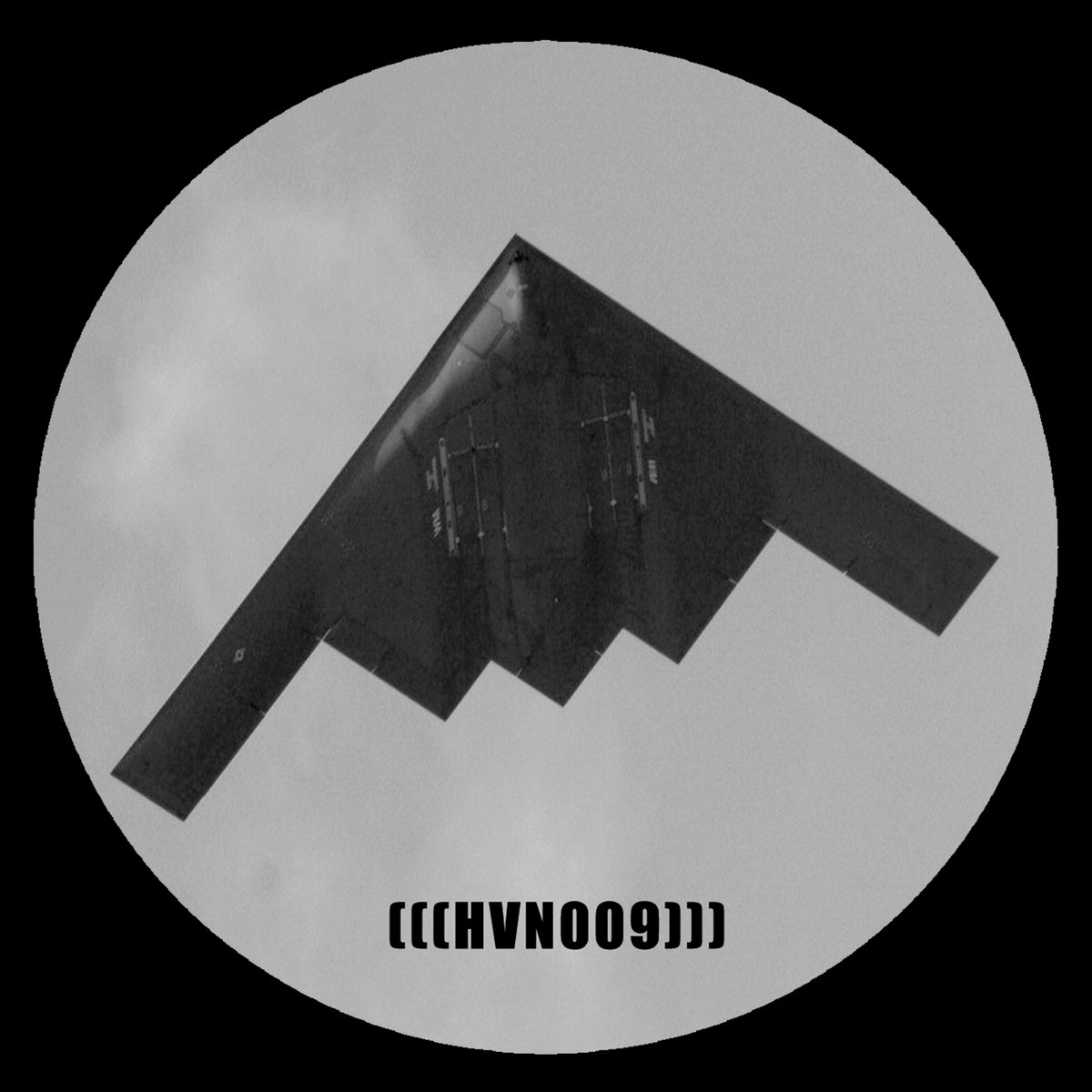that’s great, however
In particular, this happens for RF frequencies that couple the Rydberg level resonantly to other nearby Rydberg levels. For sufficiently large fields, the atoms are receptive to a broad range of RF signals via the AC Stark shift.
meaning there’s physical limit on where these bands need to be, outside of these regions it’s less sensitive, and it’s mostly microwaves anyway (authors tested 16-20GHz)
we are able to make very compact extremely broadband receive (and also transmit) antennas for microwave bands, it’s a log spiral antenna backed with cavity. easily can reach to over 40GHz, much simpler, smaller (counting all optics) and probably with much better sensitivity. already used in radar warning receivers, and has nice property that on lower end it’s limited by size, but on upper end on precision of the central section - so can be made really wideband
also that’s really just a transducer, still needs a box with lasers and some other machinery that allows for demodulating that optical signal. “RF detector that doesn’t contain metal” is a weird advantage because there’s usually a large amount of metal connections required to actually do something useful with that freshly collected signal
actual article https://pubs.aip.org/aip/apl/article/123/14/144003/2914151/Distant-RF-field-sensing-with-a-passive-Rydberg
ahh its pointless
I would probably argue that it’s not so much pointless as it currently has more limited use cases than conventional means. This may or may not change in the future.
also that’s really just a transducer, still needs a box with lasers and some other machinery that allows for demodulating that optical signal. “RF detector that doesn’t contain metal” is a weird advantage because there’s usually a large amount of metal connections required to actually do something useful with that freshly collected signal
30m away (that’s longer than a basketball court!), though, and probably more because this demo was “no particular effort”. I don’t know the use case, but I’m guessing it’s not a home router.
This is the type of content we need more of in lemmy. thank you.
“In October 2018, the United States Army Research Laboratory publicly discussed efforts to develop a super wideband radio receiver using Rydberg atoms. In March 2020, the laboratory announced that its scientists analysed the Rydberg sensor’s sensitivity to oscillating electric fields over an enormous range of frequencies—from 0 to 1012 Hz (the spectrum to 0.3mm wavelength). The Rydberg sensor can reliably detect signals over the entire spectrum and compare favourably with other established electric field sensor technologies, such as electro-optic crystals and dipole antenna-coupled passive electronics.”
It’s a neat wiki entry, I recommend it. I hadn’t heard of Rydberg atoms before today.
should be 1012 Hz or 1 THz
TY! One moment, I just ctrl CV’d and this is what happens.
deleted by creator
It sounds like it has no ability to transmit though, right?





